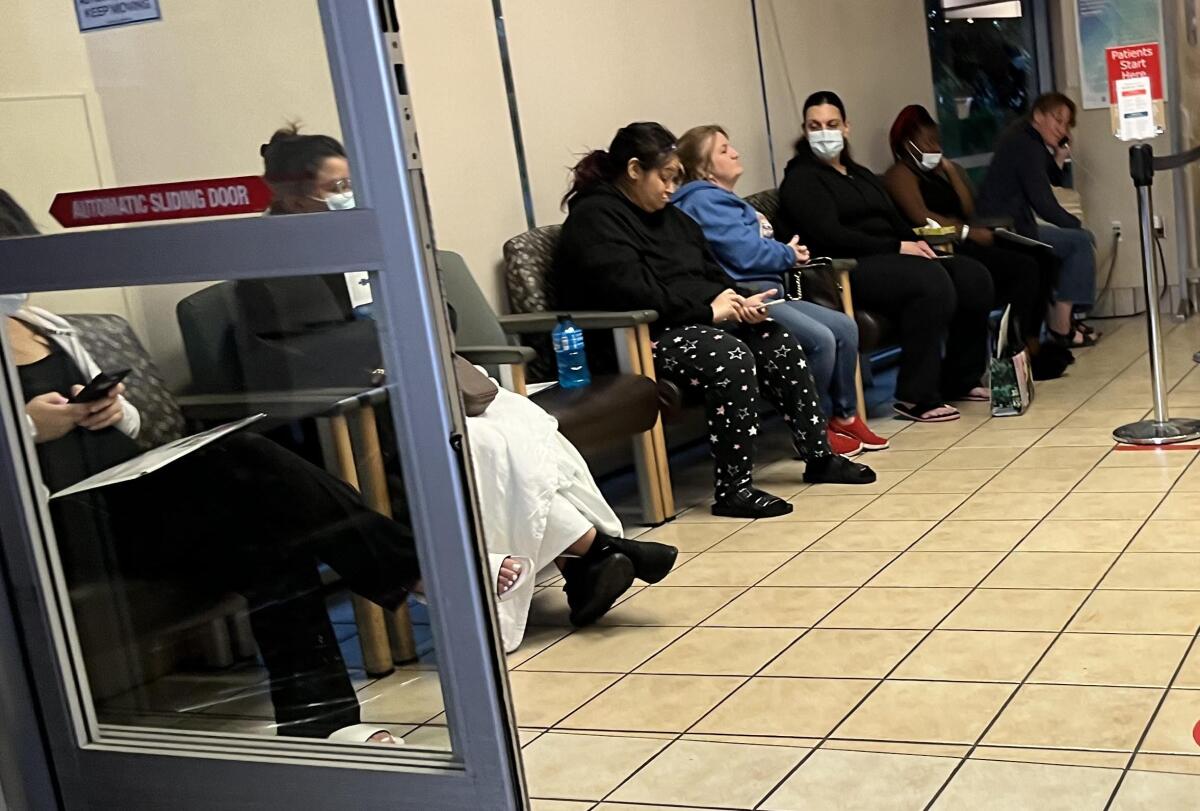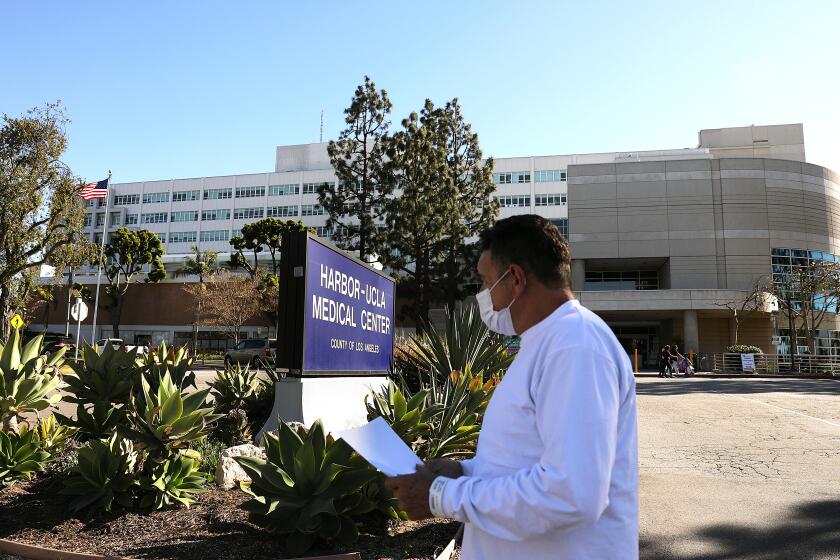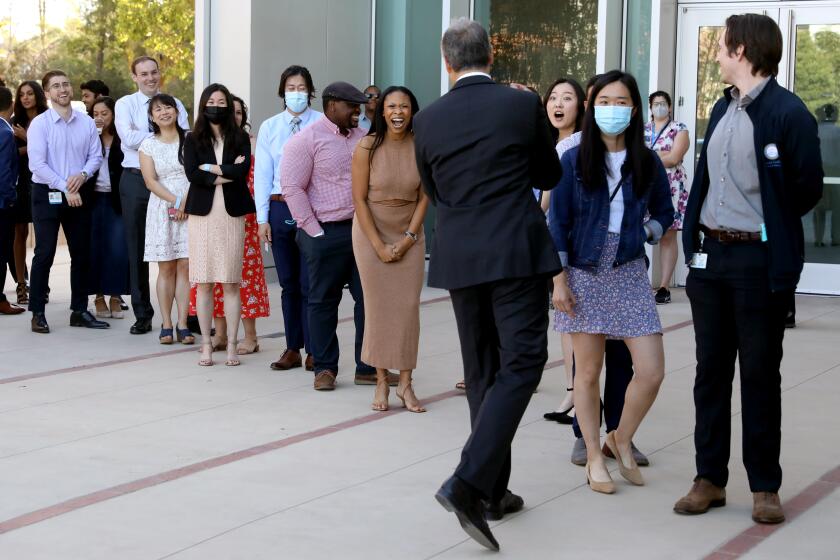Editorial: ER patients are still being hurt by racial and gender biases

- Share via
If you’re in pain and have to go to the emergency room, it’s good to be a white man.
A new study finds that women who go to the ER for treatment of pain are less likely to get the needed pain medication, regardless of their age or ethnicity or even the sex of the medical professional — female doctors and nurses were as unlikely to provide the relief as male ones. And nurses are less likely to record how much pain a woman is experiencing.
Maybe, you’d think, women are less likely to show the pain they’re feeling, but the researchers, who looked at patient records across the U.S. and Israel, took care of that. They conducted a side experiment in which they told nurses anecdotes about patients’ pain, and even then nurses rated the women’s pain as being less severe than men’s.
In under-resourced parts of Los Angeles, people develop life-altering, preventable diabetes complications related to obesity. These patients rarely live to grow old.
Even though the study published in the Proceedings of the National Academy of Sciences is new, the problem isn’t. A 2022 study published in the Journal of the American Heart Assn. found that women in pain waited in the ER almost 30% longer to be seen by a doctor. There are more studies with similar findings.
This is more than forcing some patients to suffer. It can mean missing or delaying diagnosis for serious issues such as heart attack. According to the PNAS study author, professor Shoham Choshen-Hillel from the Hebrew University of Jerusalem: “This under-treatment of female patients’ pain could have serious implications for women’s health outcomes, potentially leading to longer recovery times, complications, or chronic pain conditions.”
And it is just one aspect of grossly unequal treatment in emergency rooms.
Proposition 35 involves a tax on managed-care organizations, Medi-Cal reimbursement rates for medical providers, federal healthcare funding and the state budget. It’s complicated policymaking that is better suited to the full-time Legislature.
Latino patients who go to the emergency room with chest pain wait almost 40% longer — 99 minutes instead of 71 minutes — than people of other racial or ethnic groups. Among those who are admitted as inpatients from the ER, Latino patients wait nearly twice as long. Minutes can make the difference between life and death if a heart attack is involved.
Black patients with chest pain wait longer than white patients, and are less likely than any other group to receive opioids for back pain and migraines. One study found that when Asian patients have to wait, it’s for a longer time than white patients. As with women, Black and Latino patients were less likely to even have their pain assessed.
It’s hard for patients to act as their own advocates even if they see other people being seen first who came in after them. They don’t know who has the most serious symptoms and they’re cautious about annoying medical personnel. Unless a companion is there with them, their illness or pain may keep them from speaking up for themselves.
Research suggests that the patients of female physicians’ fare better on average. But old-fashioned sexism is still a barrier to their success in the profession.
Researchers have been making recommendations for years. Hospitals need more protocols for a wider variety of symptoms so that, for example, every patient has their complaint of pain assessed, which usually means rating the pain on a scale of 1 to 10. Signs in the emergency room should inform patients that their pain should be assessed and they have the right to demand it. Wait times should stem from objective measurements of that pain as well as other symptoms. Emergency room staff need training to make them aware of these disparities. Audits every few years would expose any unequal treatment of patients.
None of this is particularly complicated, and yet the problem persists. A new law signed by Gov. Gavin Newsom in September aims to end racial disparities in California emergency rooms and doctor’s offices by requiring health facilities to develop patient safety plans and analyze complaints to see if they show patterns according to race, ethnicity and gender.
That’s not enough. Patients who receive subpar treatment in emergency rooms can’t wait until complaints are analyzed over long periods of time, and what about the patients who are too sick to complain?
The state needs to require clearly posted information for ER patients so that they know their rights for assessment and treatment, and training for medical professionals in recognizing racial and gender biases. There should be a set of standardized protocols for the kinds of medical complaints that are most likely to result in unequal waits and treatments, and independent audits to give hospitals clear information about whether they’re meeting the mark.
Studying the problem repeatedly isn’t going to solve it. Only decisive new rules will.
More to Read
A cure for the common opinion
Get thought-provoking perspectives with our weekly newsletter.
You may occasionally receive promotional content from the Los Angeles Times.













